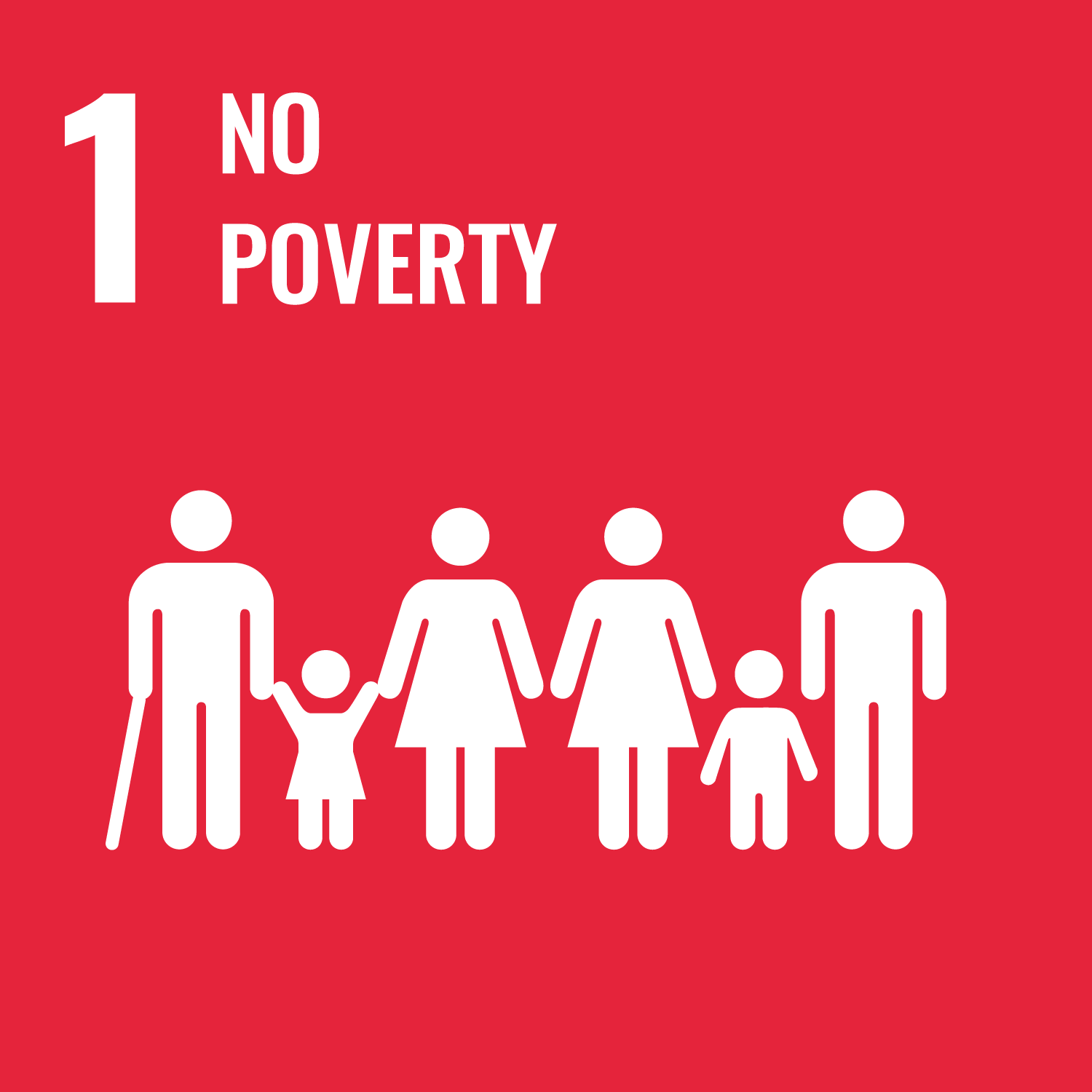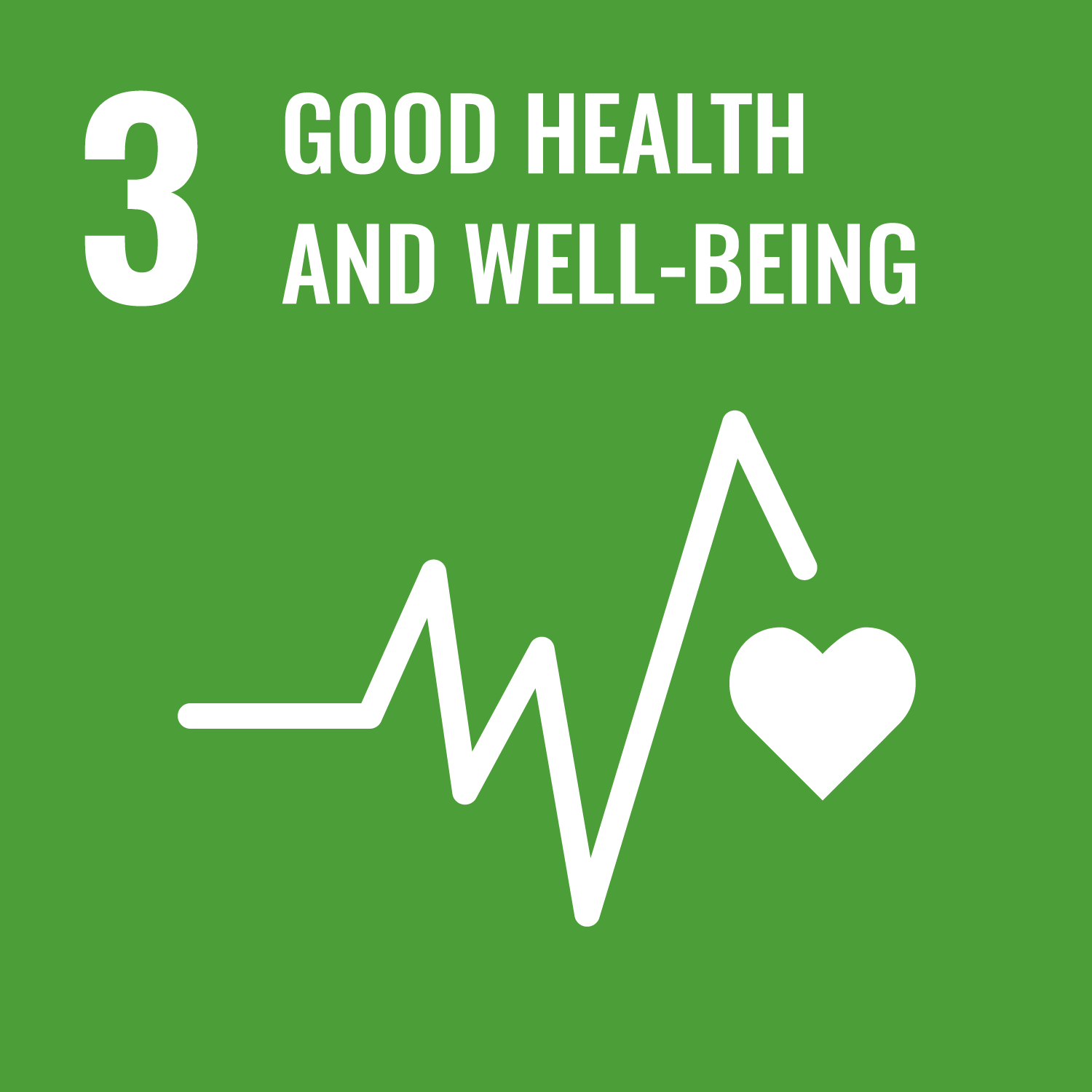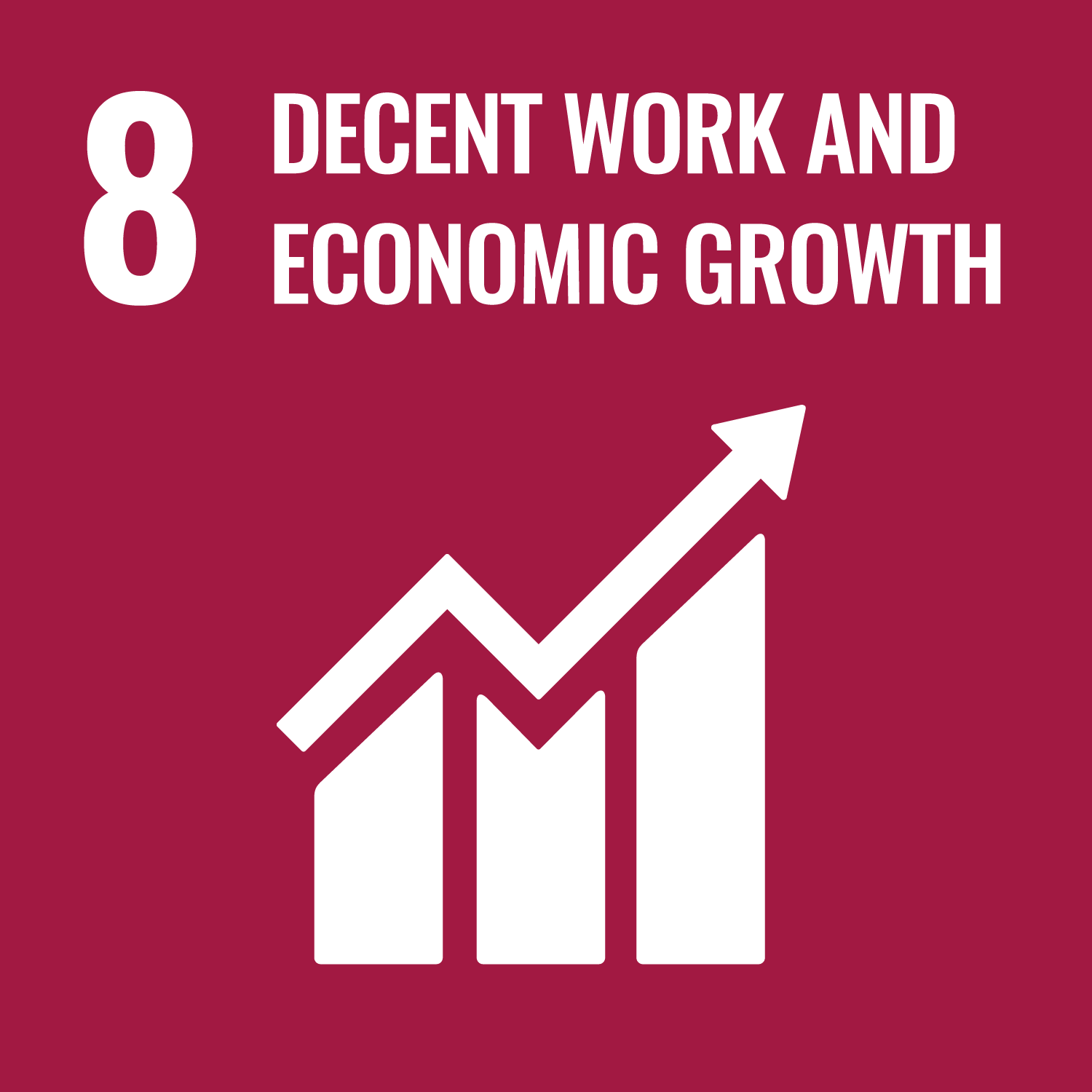This report paper analyses the socioeconomic experiences of sexual and gender minorities in India, with a specific focus on these experiences within Manipur and Odisha. These states were chosen due to the increase in the last five years of community, government, NGO and donor-backed initiatives on economic inclusion of people with non-normative genders and sexualities. This report analyses the economic inclusion of sexually and gender diverse people in India through exploring key ideas such as the barriers and facilitators to inclusion, strategies to improve inclusion and government poverty alleviation programmes. Both primary and secondary research methods are used throughout this report. The report is broken into three key elements, legal policy and background; key findings and community responses to inclusion.
Legal Policy and Background
This section discusses three key elements. Firstly, the legal and policy background that crafts the socioeconomic context in which diverse SOGIESC people in India live. Secondly, the government poverty alleviation programmes that contribute to creating economic inclusion. Lastly, a focus on some of the arising issues that may contribute to the accessibility of such government programmes, such as ration cards and proof of identity documentation.
Key Findings
There are a variety of barriers to accessing social security schemes in India for those with diverse sexuality and gender. One key issue is the accessibility for such schemes by trans women. Many transgender women have access to such schemes however not in their desired gender. Many critical documents such as passports and ration cards do not have consideration of diverse sexualities and genders. There are also other barriers to accessing social security schemes such stigmatisation of gender non-normativity at a ground/grassroots level.
Community Responses
This section discusses community-level responses to government programmes and schemes. Some responses include the concern for transgender children in schools and their vulnerability to discrimination, Furthermore, some trans leaders are advocating for trans women exclusive colleges, as they do not believe mainstreaming efforts will work, and discrimination will continue to prevail. Overall, this paper provides an analysis on the inclusion of gender non-normative people in social security efforts and their socioeconomic experiences in India, specifically Manipur and Odisha. While the Indian government contains contradictions and many uncertainties for non-normative sexual and gender identities, there is a strong basis for governmental strengthening to showcase dedication to economic inclusion.








